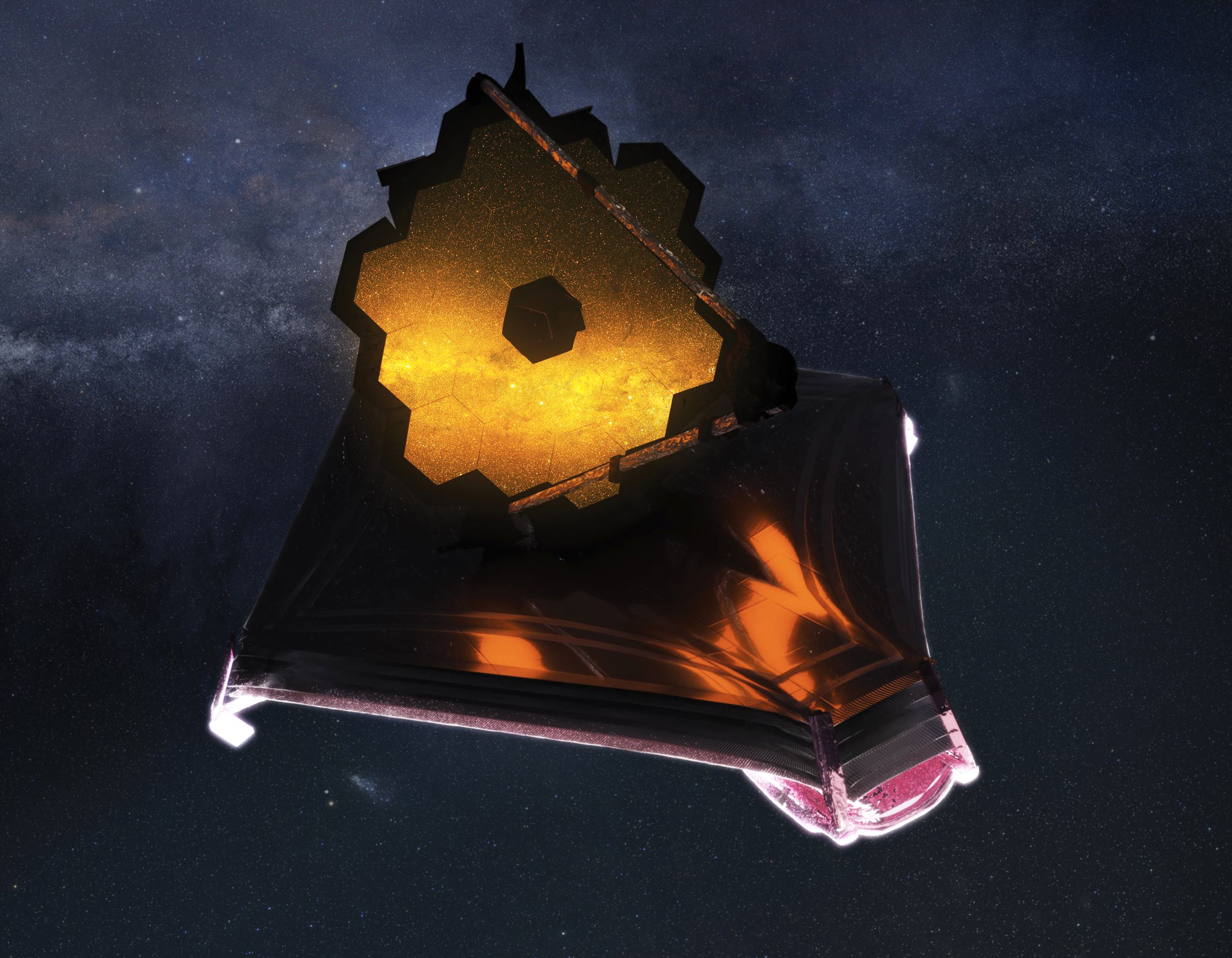The first image from NASA’s James Webb Space Telescope, the largest, most powerful, and most complex space science telescope ever built, will be released to the public today at 4:00 p.m. CDT.
President Joe Biden (D) will release one of Webb’s first images in a preview event at the White House in Washington. NASA Administrator Bill Nelson will provide remarks. A live stream of the event will be available on NASA TV.
On Tuesday in a special live broadcast at 9:30 a.m. from NASA’s Goddard Space Flight Center in Greenbelt, MD the telescope’s first full-color images and spectroscopic data will be released Tuesday demonstrating Webb at its full power. NASA, in partnership with ESA (European Space Agency) and CSA (Canadian Space Agency), will release the full-color images and spectroscopic data on Tuesday. Each image will simultaneously be made available on social media, as well as on the agency’s website.
Opening remarks by agency and Webb Leadership will begin airing on NASA TV at 8:45 a.m. Central on Tuesday. Speakers will include: Eric Smith, Webb program scientist and Astrophysics Division chief scientist, NASA Headquarters; Knicole Colón, Webb deputy project scientist for exoplanet science, NASA Goddard; René Doyon, principal investigator for the Canadian Near-Infrared Imager and Slitless Spectrograph, University of Montreal; Christopher Evans, Webb project scientist, ESA; and Klaus Pontoppidan, Webb project scientist, STScI.
NASA shared the list of cosmic targets for Webb’s first images and spectra on the agency’s website on Friday.
Carina Nebula. The Carina Nebula is one of the largest and brightest nebulae in the sky, located approximately 7,600 light-years away in the southern constellation Carina. Nebulae are stellar nurseries where stars form. The Carina Nebula is home to many massive stars, several times larger than our sun.
WASP-96 b (spectrum). WASP-96 b is a giant planet outside our solar system, composed mainly of gas. The planet, located nearly 1,150 light-years from Earth, orbits its star every 3.4 days. It has about half the mass of Jupiter, and its discovery was announced in 2014.
Southern Ring Nebula. The Southern Ring, or “Eight-Burst” nebula, is a planetary nebula – an expanding cloud of gas, surrounding a dying star. It is nearly half a light-year in diameter and is located approximately 2,000 light-years away from Earth.
Stephan’s Quintet: About 290 million light-years away, Stephan’s Quintet is located in the constellation Pegasus. It is notable for being the first compact galaxy group ever discovered in 1877. Four of the five galaxies within the quintet are locked in a cosmic dance of repeated close encounters.
SMACS 0723: Massive foreground galaxy clusters magnify and distort the light of objects behind them, permitting a deep field view into both the extremely distant and intrinsically faint galaxy populations.
The release of these first images marks the official beginning of Webb’s science operations, which will continue to explore the mission’s key science themes. Teams have already applied through a competitive process for time to use the telescope, in what astronomers call its first “cycle,” or first year of observations.
The James Webb Space Telescope is the world's premier space science observatory. NASA hopes that Webb will solve mysteries in our solar system, look beyond to distant worlds around other stars, and probe the mysterious structures and origins of our universe and our place in it.
Webb was launched Dec. 25 from Europe’s Spaceport in Kourou, French Guiana.
After unfolding into its final form in space and successfully reaching its destination one million miles from Earth, the observatory now is completing the months-long process of preparing for science operations. Webb will explore every phase of cosmic history – from within the solar system to the most distant observable galaxies in the early universe, and everything in between.
To connect with the author of this story, or to comment, email brandon.moseley@1819News.com.
Don’t miss out! Subscribe to our newsletter and get our top stories every weekday morning.










